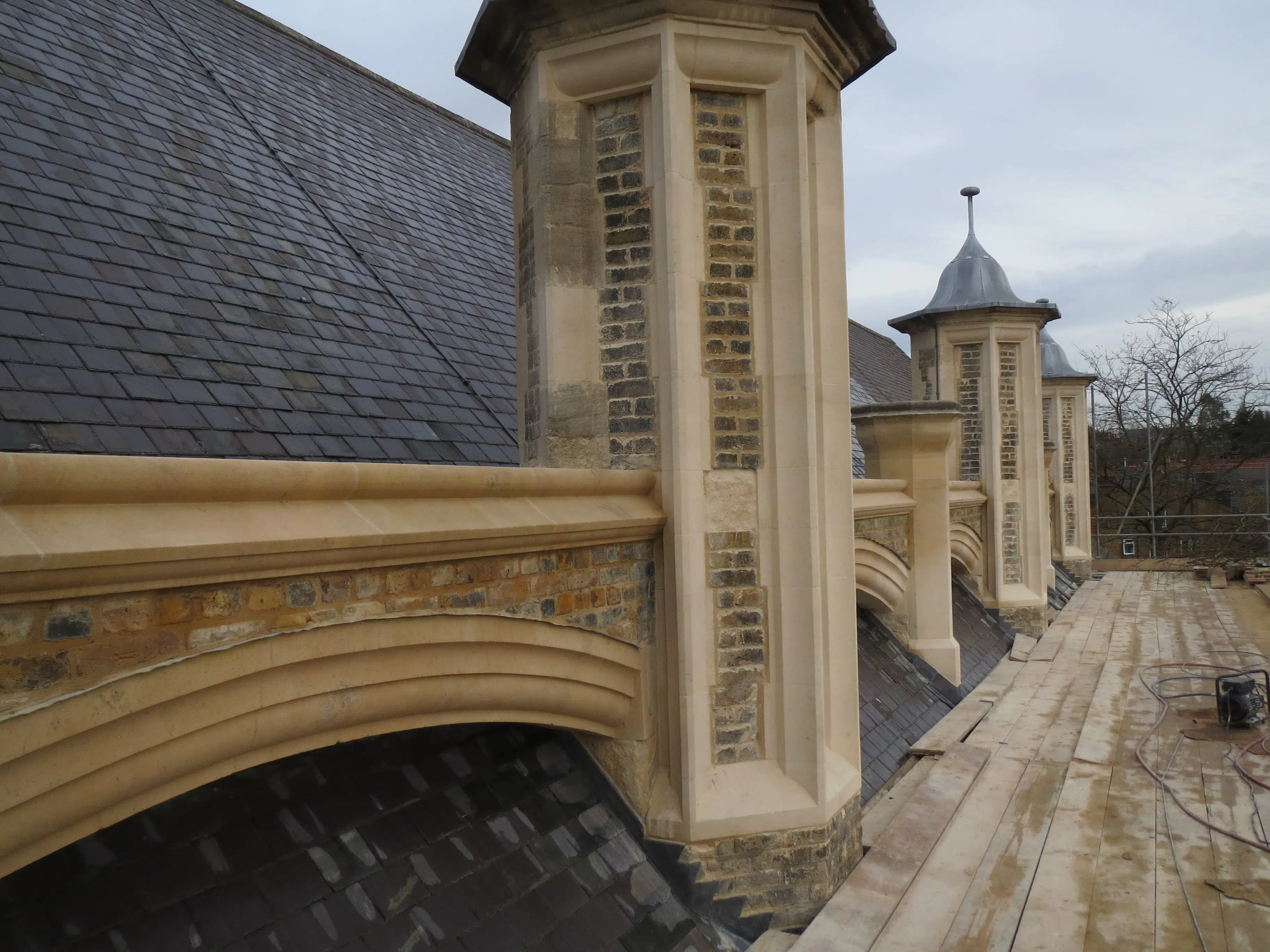The art of stone restoration is a craft that intertwines artistry with scientific understanding, breathing new life into surfaces that tell stories of the past and human achievement. If you're looking to restore an antique stone fireplace, maintain a historic building, or merely rejuvenate your patio, understanding the right materials and methods is crucial. This comprehensive guide will illuminate the various techniques involved in stone restoration, assisting both enthusiasts and professionals traverse the complexities of revitalizing stone surfaces and also preserving their integrity.
As we delve into this subject, we will look at key materials that are optimal for different types of stone, uncovering the most recent innovations in restoration techniques. Along the way, we will talk about common pitfalls to steer clear of and explore useful tips to maintain your stone surfaces in the optimal condition. With the appropriate strategy, stone restoration becomes not just a task, but a rewarding experience that respects the past and enriches the present. If you are contemplating a DIY project or considering hiring a professional, our insights will arm you with the knowledge needed to make informed decisions.
Typical Errors in Rock Refurbishment
One of the common errors made in rock restoration is not adequately identifying the sort of rock being restored. Every rock kind—whether it is marble—has unique properties and demands particular nurturing methods. Utilizing the inappropriate cleaning products or restoration methods can result to irreversible damage, like etching or fading. Consequently, it is essential to have an understanding of the rock's structure and attributes before commencing any restoration work.
Another frequent mistake is failing to set up the surface sufficiently prior to applying any coatings. Failing to wash the rock thoroughly can result in ensnared dirt and contaminants, which obstructs the effectiveness of sealers or other protective coatings. This error not only compromises the refurbishment procedure but may also result in future issues such as mold or mildew proliferation. A suitable washing and dry protocol should be established to make certain the surface is ready for the materials to be applied.
Lastly, a lot of individuals undervalue the necessity of using proper protective agents after restoration. Once the rock has been returned to its original condition, using a good sealer is vital to maintain the effort and stop subsequent deterioration. Numerous people mistakenly believe that restoration only is sufficient, neglecting ongoing care. It is crucial to understand that suitable protection and regular upkeep can significantly prolong the lifespan of the restored rock areas, maintaining them seeming beautiful for a long time to come.
Superior Materials for Historic Home Restoration

When preserving historic homes, selecting the best materials is essential to preserve genuineness and structural integrity. One of the most preferred materials for stone restoration is limestone, known for its durability and intrinsic beauty. It matches the look of many historic buildings, making it ideal for facades and structural elements. Additionally, lime mortar is favored over contemporary cement because it allows buildings to ventilate and reduces the risk of moisture damage, which can be detrimental to older structures.
Another crucial material is sandstone, often used in regions where it is locally sourced. Its ease of use and diverse colors provide versatility in design, allowing preservationists to replicate the original stone used in construction. Sandstone's natural weathering also allows for a seamless integration with the current structure, enhancing the home’s historic aesthetic. Care should be taken to use suitable stone for repairs to preserve water drainage and heat regulation.
Lastly, clay tile is increasingly being utilized for rehabilitating historic homes, especially in roofs and ornamental elements. Known for its historical use in different architectural styles, terracotta offers both construction benefits and aesthetic appeal. Its heat properties also provide efficiency in energy use advantages, serving as an efficient insulator. Using classic materials like terracotta not only ensures authenticity but also honors traditional construction methods, making it a priceless addition to any rehabilitation project.
Do-It-Yourself vs. Professional Stone Refurbishment
When it comes to stone restoration, property owners often face a decision between undertaking the project themselves or engaging a specialist. DIY refurbishment can be appealing due to cost savings and the individual satisfaction of completing a task. Many individuals find achievement in minor fixes and upkeep, such as washing and resealing stone surfaces. With readily available products and online tutorials, some jobs can be successfully handled without the help of an expert.
However, not all stone refurbishment tasks are suitable for DIY enthusiasts. https://yamcode.com/ or those that require intricate restoration techniques often require professional skill and specific tools. Experts bring expertise of the substances and the appropriate techniques to restore rock areas while preserving their historical significance. They can assess the state of the rock, identify potential risks, and execute solutions that ensure long-lasting results.
Ultimately, the choice between DIY and expert refurbishment depends on the project's scale, difficulty, and the homeowner's experience level. For small touch-ups, Do-It-Yourself may be sufficient, but for major refurbishment efforts, engaging a specialist can provide reassurance and optimal outcomes, ensuring the stone is not only refurbished but also protected for coming generations.
